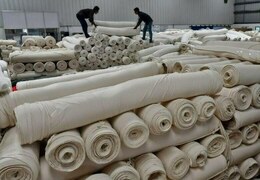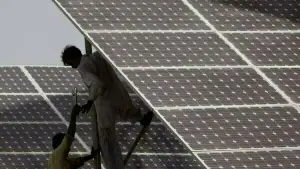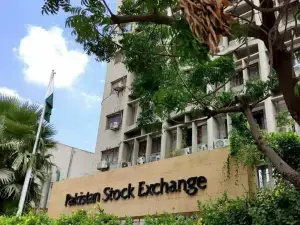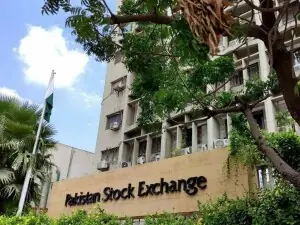India's rapeseed output looks likely to fall this year as poor soil moisture and higher temperatures drag down the acreage planted, making higher imports of expensive vegetable oils by the world's top buyer inevitable, trade and industry officials say. Planting of rapeseed, the main winter oilseed with the highest oil content, began on a weak note due to higher than normal temperatures in some key growing regions.
Growers now believe that the deterioration in the crop condition is beyond redemption as rapeseed sowing has reached its tail end. "It is likely that the acreage may be down 10-15 percent compared with last year." B.V. Mehta, executive director of industry body the Solvent Extractors' Association (SEA), told Reuters.
According to government data, farmers have so far planted rapeseed on 4.25 million hectares, down 21.4 percent, as the first back to back drought in three decades has drained the soil of precious moisture. Last year India's rapeseed production dropped 23 percent to 5 million tonnes. Mehta said a smaller area under the crop would definitely cut output and raise imports of vegetable oils in the year beginning November.
India's vegetable oil imports rose 23.6 percent to 14.61 million tonnes in the year to October, the fourth straight year of record imports. Vegetable oil imports are bound to go up next year, as India needs an extra 1 million tonnes alone to feed new mouths and to meet rising per capita consumption, Mehta said. India, which spends about $10 billion a year on edible oils imports, the third-biggest import item after crude oil and gold, relies on overseas purchases of mainly palm oil from Malaysia and Indonesia to meet its 18-19 million tonnes of domestic demand. It also imports tiny amounts of soyaoil from Brazil and Argentina. Some farmers have decided to switch to pulses, or lentils, from rapeseed to cash in on higher prices, indicating lower output of the oilseed, Mehta said.
BR100
16,307
Increased By
236.2 (1.47%)
BR30
51,537
Increased By
1163.4 (2.31%)
KSE100
157,953
Increased By
1775.7 (1.14%)
KSE30
48,199
Increased By
520.5 (1.09%)






















Comments
Comments are closed.